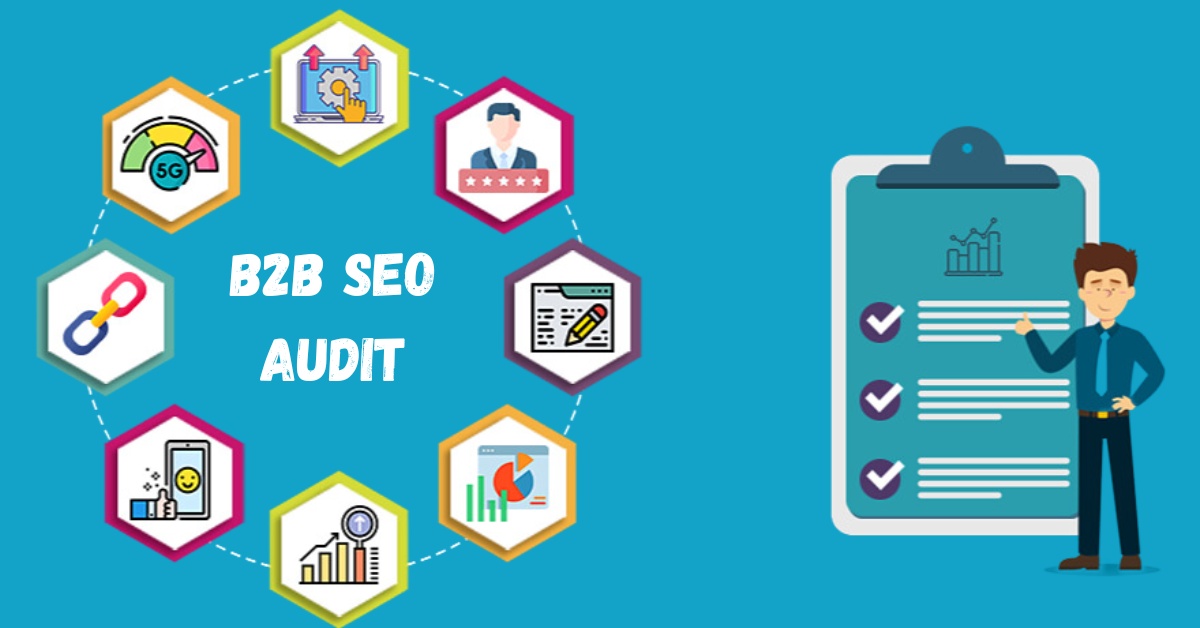
SaaS Content Strategy: Step-By-Step Guide to Making a SaaS Funnel
In today’s competitive SaaS landscape, a well-created content strategy is essential for attracting and engaging your target audience, driving organic

SaaS Content Strategy: Step-By-Step Guide to Making a SaaS Funnel
In today’s competitive SaaS landscape, a well-created content strategy is essential for attracting and engaging your target audience, driving organic

PPC For SaaS: What is it, Importance, Challenges & How To Build It?
Pay-per-click (PPC) advertising is a powerful digital marketing tool for software-as-a-service (SaaS) companies looking to drive targeted traffic, generate leads,

Rich Snippets in SEO: Meaning, Types, Examples & How to Create It?
Rich snippets are a powerful tool for enhancing your website’s visibility and click-through rate (CTR) in search engine results pages

What is Anchor Text? How Does it Matter For SEO in 2024?
Anchor text is a key player in SEO and link-building for SaaS companies. Picking the right anchor text can help

Hidden Links: What is it, Purpose, Types & Strategies
Hidden links have long been a tactic used by unscrupulous website owners and spammers to manipulate search engine rankings and

B2B SEO Audit: What is it, Benefits, Tools & How to Conduct It?
Are you struggling to improve your B2B website’s visibility in search engine results? A comprehensive B2B SEO audit is the

Link Insertion Vs Guest Post: A Comprehensive Comparison
Link building is an important aspect of SEO that helps improve a website’s search engine rankings and online presence. Two

Is Blogging Dead in 2024? Find Out Here
As we navigate the ever-evolving digital landscape in 2024, a question on many content creators’ minds is: “Is blogging dead?”

What is Mobile First Indexing: Meaning, Benefits, Fixes & Tools
In today’s mobile-centric digital landscape, having a mobile-friendly website is no longer optional—it’s a necessity. With the majority of internet

Niche Marketing: Meaning, Advantages, Disadvantages, Types & Examples
Niche marketing is a targeted approach that focuses on a specific segment of a broader market. Catering to the unique
WHAT WE
3rd floor, VHinfo, QRXG+CG9 Capital Market, Canal Rd, chokdi, Ravapar, Morbi, Gujarat 363641
VH-info © 2025 | All Rights Reserved